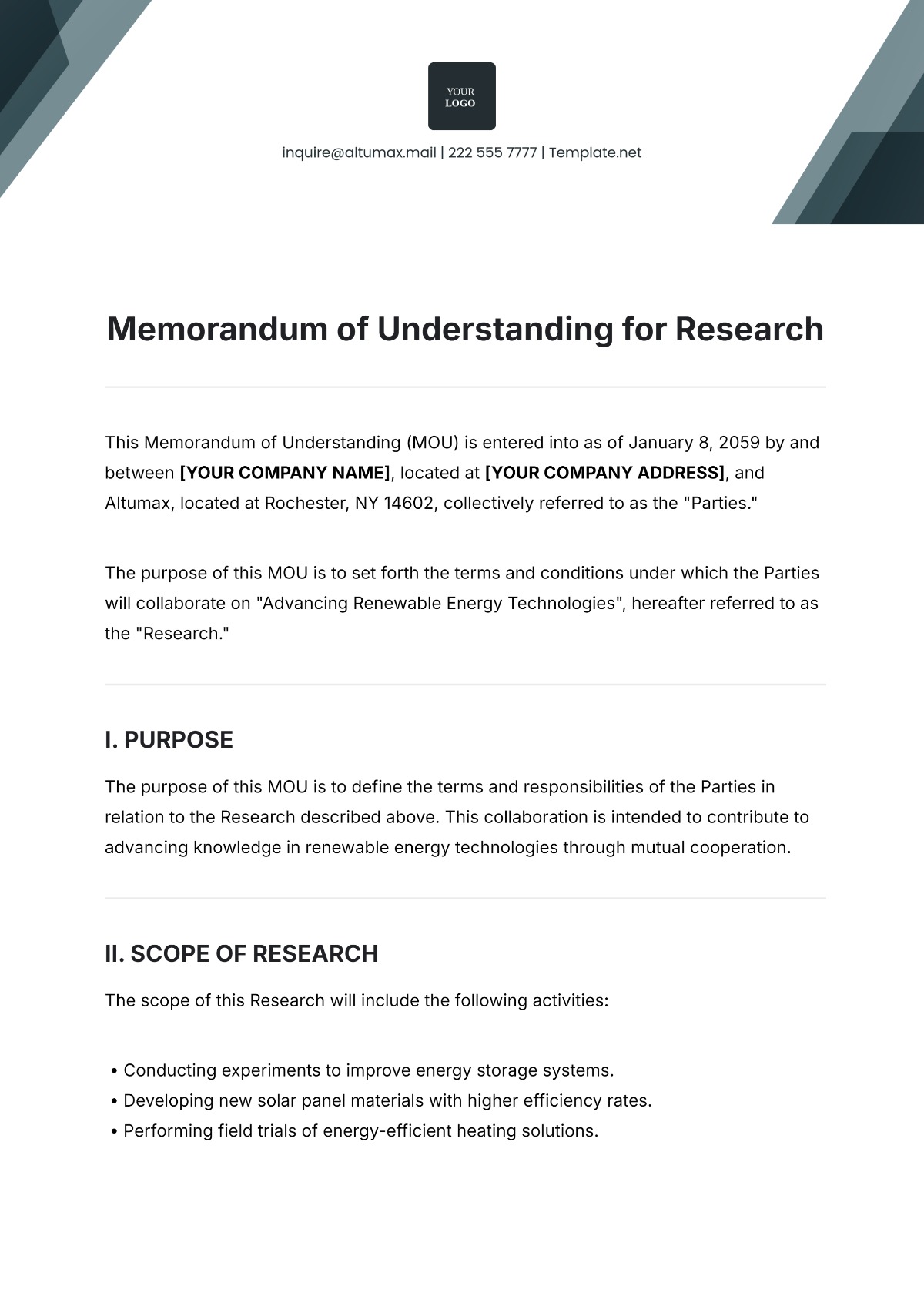Biorepository Protocol
Prepared by: | [YOUR NAME] |
Company: | [YOUR COMPANY NAME] |
Department: | Biorepository Department |
Date: | [DATE] |
This Biorepository Protocol establishes standardized procedures and guidelines for the collection, storage, management, and distribution of biological specimens, including tissues, blood, cells, and DNA samples. It serves to ensure the integrity, traceability, and quality of specimens housed within the repository, facilitating their appropriate utilization in research and clinical endeavors.
I. Objectives
In this section, the precise objectives of the Biorepository Protocol are delineated, elucidating the intended outcomes and advantages of adhering to standardized procedures for specimen collection, preservation, and dissemination.
II. Protocol Overview
A detailed protocol overview furnishes readers with a panoramic view of the document's structure and content, serving as a navigational aid through the various sections encompassing specimen handling, documentation, and safety protocols.
III. Procedure
Specimen Collection:
Obtain necessary consent from donors or representatives.
Utilize standardized collection techniques.
Label each specimen with unique identifiers for traceability.
Specimen Storage:
Maintain optimal environmental conditions (temperature, humidity, light exposure).
Utilize appropriate containers (cryogenic vials, tissue culture flasks).
Implement a robust inventory management system.
Specimen Management:
Establish access control measures for authorized personnel only.
Maintain accurate and secure data management systems.
Conduct regular quality control assessments.
Specimen Distribution:
Process distribution requests promptly and efficiently.
Package and ship specimens following established guidelines.
Ensure necessary permits and documentation accompany shipments.
IV. Data Collection
This segment intricately elaborates on the methodologies and protocols essential for the accurate collection, documentation, and organization of data associated with biological specimens, underlining the paramount importance of maintaining meticulous records.
V. Safety Considerations
Personnel Safety:
Provide appropriate training on handling hazardous materials.
Utilize personal protective equipment (PPE) as required.
Implement procedures for handling spills or accidents.
Specimen Handling:
Adhere to strict protocols for specimen handling to minimize contamination.
Ensure proper disposal of biological waste according to regulations.
Implement measures to prevent cross-contamination between specimens.
Facility Safety:
Regularly inspect equipment and facilities for safety hazards.
Maintain emergency response protocols for fire, chemical spills, or other incidents.
Conduct safety audits and reviews periodically to identify areas for improvement.
Security Measures:
Restrict access to sensitive areas of the biorepository facility.
Implement surveillance systems to monitor facility security.
Enforce protocols for the secure storage and handling of specimens to prevent unauthorized access or tampering.
Compliance with Regulations:
Stay abreast of relevant safety regulations and guidelines.
Ensure compliance with institutional, local, and national regulations governing biorepository operations.
Conduct regular training sessions to educate personnel on safety protocols and regulatory requirements.
VI. Expected Results
The anticipated results section offers a comprehensive glimpse into the projected outcomes and advantages stemming from the implementation of the Biorepository Protocol, including enhanced specimen integrity, traceability, and accessibility for scientific research endeavors.
VII. Conclusion
A succinct conclusion encapsulates the salient points and underscores the pivotal significance of adherence to the Biorepository Protocol, underscoring its pivotal role in fostering best practices in specimen management and bolstering the efficacy of scientific research endeavors.
This expanded format ensures a thorough and expansive presentation of the essential elements comprising the Biorepository Protocol, thereby facilitating comprehension and adherence among stakeholders.

















































